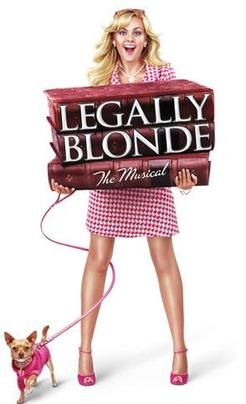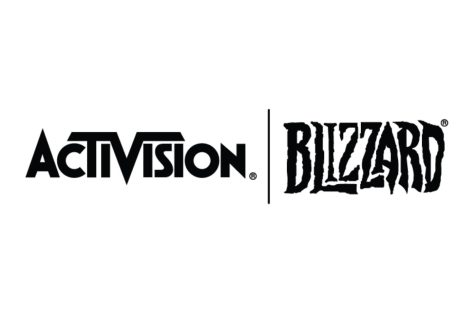Review: Jerry Seinfeld Brings it Back to His Roots in New Comedy Special
It would be impossible today for people not to know who Jerry Seinfeld is. He has become such a significant part of our pop culture, from his hit ‘90’s sitcom Seinfeld to performing stand-up in hundreds of theaters nationwide. However, even after reaching immense success and A-list status, Seinfeld hasn’t forgotten where he came from. Last month, Netflix released a stand-up special featuring Seinfeld entitled Jerry Before Seinfeld, addressing this very thought.

The special, part of an exclusive programming deal Seinfeld made with Netflix, is a bit different from the standard hour-long comedy special format. Seinfeld performs for a smaller audience than he is used to in the Comedy Store, the New York City club that gave Jerry his start in the 1970’s much before his career-changing set on The Tonight Show with Johnny Carson in 1981. This provided for a more intimate special, which successfully added the right tone to what Seinfeld set out to convey.
The structure of Jerry Before Seinfeld is also much unlike what one would expect. The actual jokes take up about 50 minutes of the program; the rest features archival footage from Jerry’s childhood along with pieces about Jerry’s life before he gained fame on his eponymous TV show. Jerry describes his childhood growing up in the 1960,s in Long Island with his sister and parents while standing in front of the actual home in which he grew up. A notable part of these pieces is when Jerry talks about the thousands upon thousands of jokes he has written on yellow notepads throughout his career. Then, the camera slowly zooms out to show he is sitting in the middle of a New York side street entirely covered with a blanket of yellow notepad papers. Here, Seinfeld illustrates the meticulous fine-tuning he completes on every joke to ensure it can be as perfect as it can be. Things did not come easy for him; he tells the audience that he spent multiple years performing for the Comedy Store in the 1970’s for little pay while living in shoddy apartment buildings. The constant adjusting, shaping, and revising of every joke is what got Seinfeld to where he is today and what makes him such an influential comic for contemporaries.
Of course, no Jerry Seinfeld special can exist without his trademark humor. His witty, observational comedy is present throughout the special and is heavily influenced by his upbringing. Jerry breaks down the minutiae of daily life as he tells the audience the jokes he created during his beginnings, (some of which he comically admits weren’t good). The possibilities are endless for Seinfeld; he pokes fun at a plethora of subjects, including, (but not limited to), breakfast cereal (“Life cereal? That’s a ballsy name. ‘What are we gonna call this?’ ‘How about O-dies, Square-dies’. ‘Oh no, this is much bigger than that. This is Life, I tell you! It’s Life!”), his childhood (“When you’re five and you get bored, you cannot support your body weight. I remember going to the bank with my parents… and I would lie down flat, like, ‘Sorry, Mom, there’s nothing I can do. This place is so dull, I cannot get up.’ This is what I think adulthood is: Adulthood is the ability to be totally bored and remain standing.”), and even tells the audience his first successful joke (“I’m left-handed. Left-handed people do not like that the word ‘left’ is so often associated with negative things: Two left feet, left-handed compliments, ‘What are we having for dinner?’ ‘Leftovers.’ You go to a party, there’s nobody there. ‘Where’d they go?’ ‘They left.'”)
Overall, the new special is a little bit like a “Jerry Seinfeld: Greatest Hits” album: fans will love it, but nothing we see is all that new. But that’s ok, since a major theme of this special is nostalgia. Jerry reflects on his life before his fame: a life of humility, family, and hard work put in to just get noticed. The close-up setting of the special makes the viewer feel like he/she is sitting right there in the audience, providing for a personal experience as the comedian strives to show viewers his “origin story,” as a Superman-obsessed person such as himself would call it. Viewers watching it will not only laugh along the way but also learn about the influences, time, and effort behind Seinfeld’s craft that makes Jerry Seinfeld the comic he is today.








